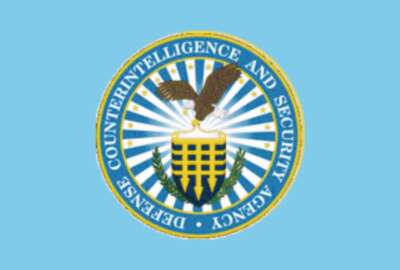SSA shows off agility in responding to citizen needs
The Social Security Administration followed a familiar roadmap to let citizens find and print their 1099 forms. SSA is using an agile software approach that was...
wfedstaff | April 18, 2015 4:11 am
The Social Security Administration is slowly breaking down its reputation as being stuck in the old world of customer service of snail mail and plain-old telephones.
The MySSA portal is quickly becoming the entry point for modernizing applications for the Web.
The electronic 1099 is the latest example of SSA responding to citizen and business needs using an agile approach.
“The new My1099 application, which is behind MySSA, allows customers to immediately view online their statement. They can view, print, save a copy, or request a mailed copy of their 1099. That’s the great new thing about our application,” said Pamela Pittman, the SSA division director for programmatic applications, in an interview with Federal News Radio. “It was a logical move. We want to meet our customers changing needs. A lot of our customers are moving to our online services and they are getting used to our MySSA portal, where they can go get their statement, a copy of their benefit verification notice and other features that we have there. It was just in time for this tax season to move this application behind the portal.”

Pittman said the reaction in just the last few months has been huge. She said SSA is seeing a 300 percent increase in the number of people age 65 or older getting their 1099 online as compared to the 2014 tax season when beneficiaries could only request a Postal Service mailed copy of their 1099 statement.
“We are finding a way to better serve our beneficiaries and we are picking the right applications that they need and placing them on the Internet,” she said. “That’s a big goal of ours to put the right applications out to increase the usage and to be able to get the information to the people who need it the most and as soon as possible. That’s why we take our time, study what we are doing and use all kinds of focus groups and other resources to figure out what applications people want, what direction we need to head in to as we move to the Internet, and I think we are getting it right.”
The MySSA portal has been the springboard to majority of SSA’s moves online. The agency introduced the portal in May 2012 and has been adding apps over the last almost three years.
Overcoming legacy apps
Pittman said MySSA portal is a safe and secure way to take advantage of the agency’s online services. She said users can obtains their benefit verification notice, earnings verification and perform simple administrative functions like address changes.
Moving services online isn’t easy for SSA. A July 2014 report from the National Academy of Public Administration found SSA’s IT network is a major impediment to meeting future goals. SSA relies on the 50- year-old COBOL programming language, which is incapable of supporting Web applications.
NAPA also said SSA needs to offer modernized digital and telecommunications services.
SSA has been making progress to move to a more digital and Web environment.
SSA chief information officer Bill Zelinski said in June that the agency’s new data center and improved network backbone will be the catalyst for more and better online services.
In the meantime, Pittman’s office is building on its earlier successes.
She said it was fairly easy to move the 1099 online.
“We already had set a precedent with what we do with the benefit verification and with the statement. We followed the same pattern there of presenting the information, making it available to the user to save it to their desktop or to a file as PDF or print it out for their use,” she said. “We picked this application up in November 2014 and we were able to make the move and get it in place by January 31, just in time for the tax season.”
She said the quickness of going from a paper only process to an online paper will not be the same for every application, but the model they used and the agile approach worked for the e-1099.
“We used a business model similar to what’s called an agile approach where we had a group of dedicated people who were working on this project, who were empowered to make decisions and get everything done in a fairly quick manner. We still produced all the documentation needed to support the application,” Pittman said. “The agile approach is having a dedicated team to move things forward. We already have a sense of what we are looking for in the application process and those people can quickly make decisions to either add functionality, eliminate functionality and make a quick decision so we don’ have a process where we are taking weeks to make a formal decision because it has to go through so many layers. Those people are empowered to make decisions based on information that they already have at hand.”
She said SSA also took advantage of understanding the product development lifecycle for the two other apps developed under this approach that are behind the MySSA portal.
Pittman said SSA plans on adding several other services behind the portal in the coming year, including an online application for Supplemental Security Income (SSI) services, social security replacement card and Medicare replacement card requests.
“For us, it’s a matter of offering alternatives to our beneficiaries,” she said. “We still have available the traditional ways of obtaining information — they can come into the field office or they call the national 1-800 number to get the information. But we want to give them another alternative, which is the Internet. We are trying to keep pace with the changing technology and the way people want to receive information.”
RELATED STORIES:
SSA not ready to meet future challenges
SSA prepares to open doors of new $200 million data center
Copyright © 2024 Federal News Network. All rights reserved. This website is not intended for users located within the European Economic Area.
Jason Miller is executive editor of Federal News Network and directs news coverage on the people, policy and programs of the federal government.
Follow @jmillerWFED






